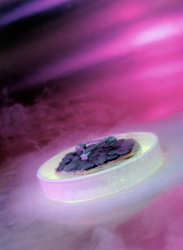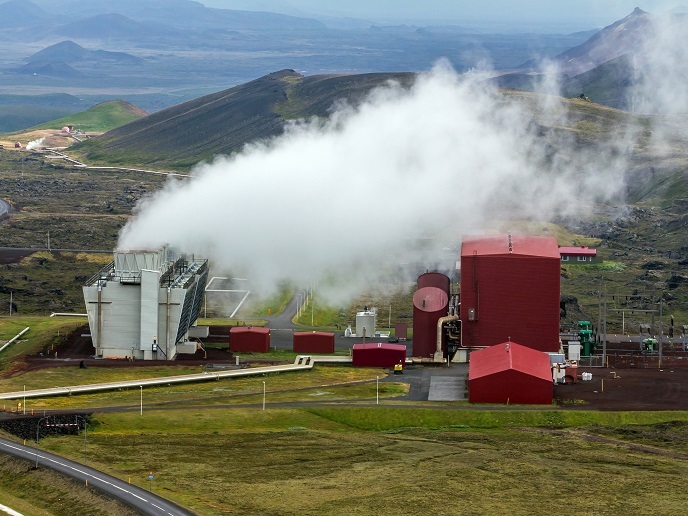Optimising a novel superconducting material
The unique property of superconductors, essentially no resistance to current flow (almost ideal conductivity), makes them attractive for a wide variety of existing and future applications. Conventional superconductors achieve their special properties when supercooled to near absolute zero Kelvin with expensive cryogenic liquid (such as liquid nitrogen or helium) cooling. High-temperature superconductors (HTSs), on the other hand, exhibit these properties at relatively high temperatures – very cold but much less relative to conventional superconducting materials. While HTSs eliminate the need for expensive cooling procedures, one main drawback has been the brittleness of associated materials. This makes it difficult to manufacture flexible wires, increasing labour costs and wasted material. Magnesium diboride (MgB2), a recently discovered superconducting material with the highest known transition temperature (at which it becomes superconducting) has generated much enthusiasm. MgB2 could become the superconducting material of choice in numerous medium-range magnetic field applications such as magnetic resonance imaging (MRI). European companies already play a dominant role in MRI and the use of low-cost MgB2 could substantially enhance European competitiveness in a large global market. In addition, the energy sector, in particular related to liquid hydrogen, could move ahead substantially thanks to financial, environmental and functionality benefits afforded by the use of MgB2. EU researchers initiated the Hipermag project to enhance the performance of MgB2 and thus increase commercial applicability and market penetration. Researchers successfully optimised the microstructure of precursor powders, demonstrating enhanced superconducting properties of carbon-doped nanosized precursors and wires (monofilamentary tapes). They then developed powder processing techniques leading to development of multifilamentary conductors housed in metallic sheaths. The materials provided the enhanced mechanical stability lacking until now. Researchers also improved current-carrying capabilities, employing a variety of microscopic and spectroscopic techniques to determine the preferred orientation of MgB2 crystallites. Finally, they evaluated the stability of the superconductors in magnetic fields, explaining novel experimental results with theoretical descriptions. MgB2 is an intriguing superconducting material with numerous potential uses. Limitations to its commercial exploitation were partially overcome via research carried out by the Hipermag consortium. Future applications include medical imaging and renewable energy.







